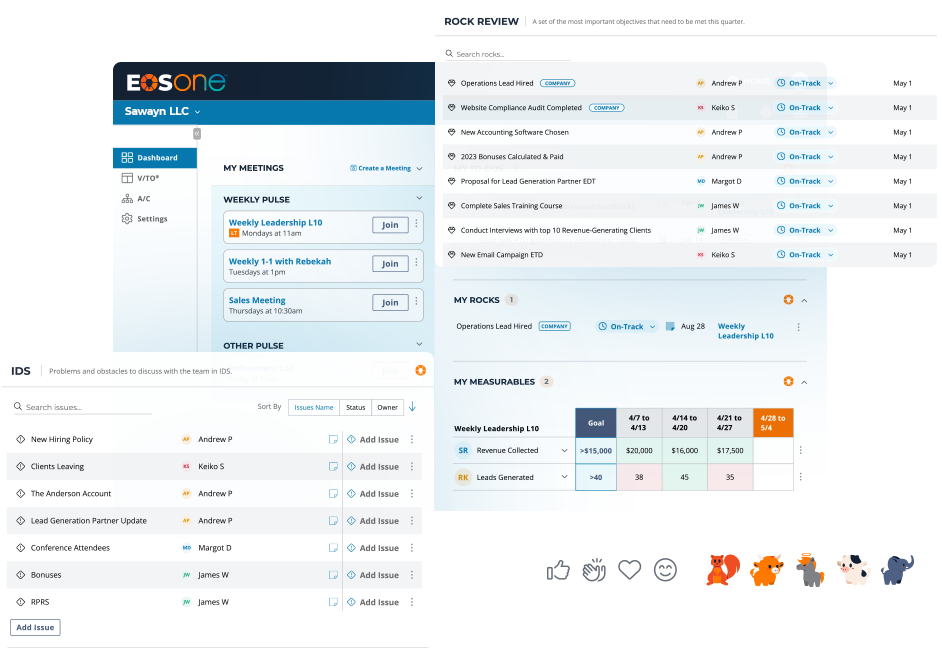As I rotated the plane off the ground at Portland International Jetport (KPWM) en route to Morristown Municipal Airport (KMMU), I encouraged my cousin Jeremy to listen to how the tempo and pace of air traffic control’s (ATC) radio communication changed as we transitioned from Maine to Boston to Hartford to New York. As soon as we leveled off at 8,500 feet, he mentioned how easy going and friendly the radio communications were with Portland Tower. I just grinned and gave him a reassuring nod.
The flight through Boston Center’s Airspace was uneventful, though the channel was noticeably more crowded. When we were handed off to New York Center the game clearly had changed. Communications were abrupt, hurried, and directive. New York ATC did not even read-back our transmissions, a radio protocol to assure clear communication, as had been standard through our entire trip. The New York controllers did not have time to handle inexperienced pilots who lacked radio proficiency. We heard one stern transmission to a private pilot who stuttered on the radio. He was immediately denied access to New York airspace. Ouch.
The radio skills required to enter the New York Class Bravo Airspace remind me of the clear communications that business leaders need to cascade in times of crisis. During normal times entrepreneurs are frequently unaware of ineffective communications. During a crisis, there is no time or tolerance for miscommunication. The New York Controllers demonstrated this concept perfectly when they denied the private pilot access to their airspace.
Radio discipline helps to minimize clutter on the frequency, just like streamlining your business communication during a crisis provides it with the best chance to survive and thrive in the future.
In our Resilient Communication Plan we show you how your message is probably being lost in the clutter and how to fix it.
To implement Resilient Communication like a professional pilot, use the Resilient Communication Plan included in The Resilient Playbook. It is a simple tool that helps you organize your messaging. You must consider the following:
- What are you saying? Is your message completely clear?
- To whom (i.e. customers, employees, vendors)? Who is your audience and how does that change how the message should be communicated?
- Frequency (i.e. daily, weekly, monthly?) What is the perfect rate of communication?
- Channel (i.e. Zoom, Slack, email, phone) Are you using matching the way the message is being delivered to the best possible way of sharing that message?
To get started on these vital insights, download the The Resilient Playbook today. It is vital to clarify your message, break through indecision, and win the day.
Note: This article was co-authored by Benjamin Wolf. Mr. Wolf is an EOS Implementer and the founder of Wolf’s Edge Consulting, a New York-based firm dedicated to helping people get everything they want from their business.


